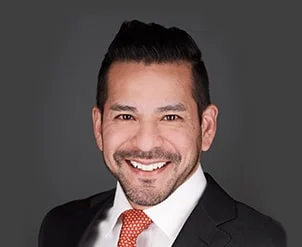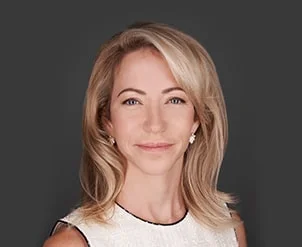What You Need To Know About Chapter 13

Financial disruptions usually have a snowball effect. For example, high medical bills might eat up a family’s resources for a few months, so they get behind on other bills.
With regard to home mortgages, this snowball effect is even worse. Most lenders begin foreclosure proceedings after just two missed payments. This process usually begins with an acceleration notice. Once the lender refuses to take partial payments, the homeowner’s hole gets deeper and deeper.
Chapter 13 bankruptcy may be a way out. This federal debt relief program has both short and long-term benefits for distressed homeowners and other debtors.
Qualifying for Chapter 13
Debtors must have less than $395,000 in unsecured debt and $1.2 million in secured debt. Unsecured debt is things like credit cards and medical bills; secured debts include home mortgages and auto loans. Many families are at or near these limits, especially the secured debt ceiling. These limits are scheduled to increase in April 2019, so some families may find some relief.
Chapter 13 also contains an informal requirement. The debtor must have sufficient disposable income to fund a debt consolidation payment. This payment must fully pay off all secured debt arrearages within either three or five years.
Generally, disposable income means the money left over after all regular bills are paid. If the debt consolidation payment is unsustainable, many people convert to Chapter 7. Most of their debts are discharged within a few months, so they get their fresh start sooner.
What Happens When You File
Typically, the Automatic Stay kicks in as soon as debtors file their voluntary petitions. Section 362 of the Bankruptcy Code prohibits all creditor adverse action, including:
- – Foreclosure,
- – Lawsuits,
- – Repossession,
- – Creditor harassment, and
- – Wage garnishment.
Technically, the Automatic Stay prohibits creditors from communicating with debtors. So, many debtors stop sending monthly statements and unilaterally suspend ACH payment arrangements.
About six weeks after the filing, the debtor and debtor’s attorney must attend a meeting. At this meeting, the trustee (person who oversees the bankruptcy for the judge) approves the repayment plan. The trustee may also go over any red flags in the petition or schedules.
The Protected Repayment Period
As mentioned, the protected repayment period lasts either three or five years, depending on the debtor’s income. All this time, the Automatic Stay remains in place. So, assuming the debtor remains current on payments, moneylenders must accept the income-based repayment plan. They must wait for their money just like everyone else.
Generally, the debtor may modify the plan at any time. If the trustee approves, the debtor can reduce the monthly payment amount. As long as all secured debts are current by the end of the repayment period, the trustee generally does not object to these changes.
Once the protected repayment period ends, any leftover unsecured debts, like credit cards or medical bills, are discharged. So, the petitioner has no unsecured debt and is current on all secured debts. That’s the very definition of a fresh start, which is what the Bankruptcy COde guarantees.
Reach Out to Tenacious Lawyers
Chapter 13 gives families financial breathing room. For a free consultation with an experienced bankruptcy attorney in Chicago, contact the Bentz Holguin Law Firm, LLC. Convenient payment plans are available.
Resource:
investopedia.com/ask/answers/081516/how-many-mortgage-payments-can-i-miss-foreclosure.asp


